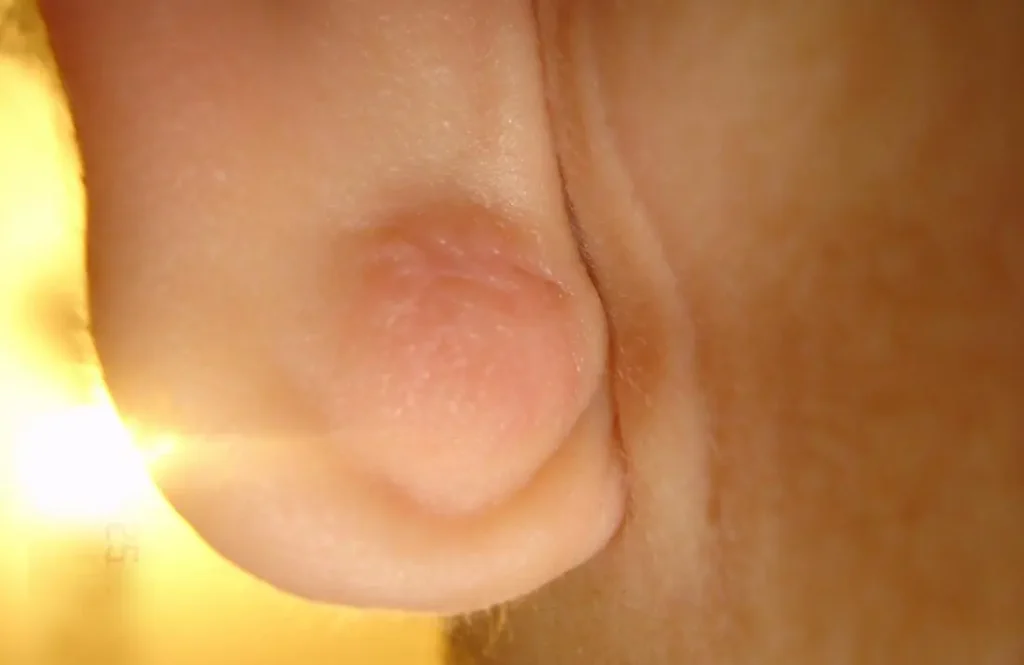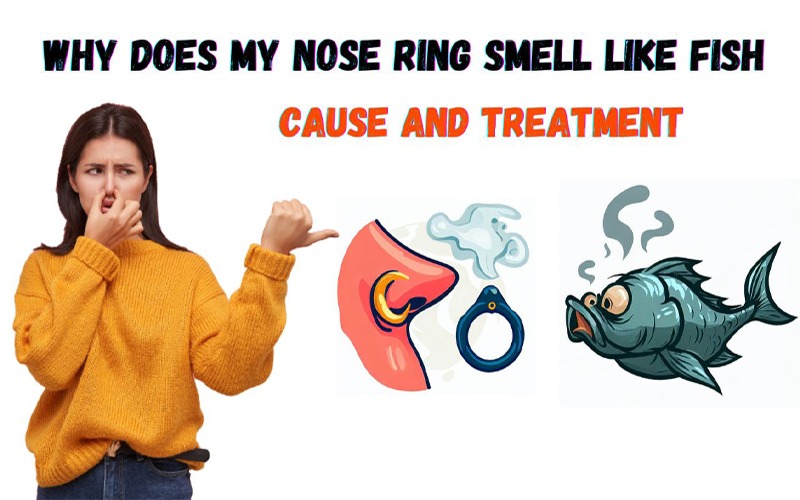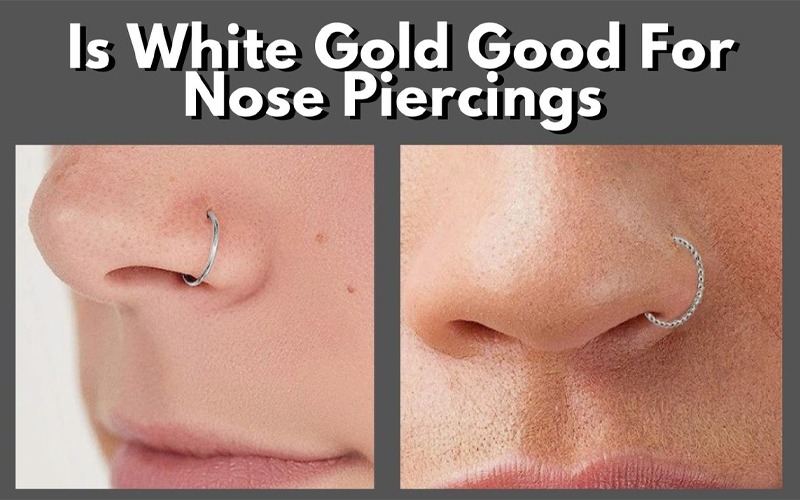Understanding Earlobe Piercing Lumps
Earlobe piercing lumps are a common problem that can occur after getting a new piercing. These lumps can be caused by a variety of factors such as infection, allergic reactions, or trauma to the piercing site.
One of the most common causes of earlobe piercing lumps is infection. This can happen if the piercing is not properly cleaned or if the jewelry used is not sterile. Infections can cause redness, swelling, and discharge around the piercing site. If left untreated, infections can lead to the formation of painful lumps.
Another cause of earlobe piercing lumps is allergic reactions to the jewelry used. Some people may be allergic to certain metals such as nickel or copper, which are commonly used in earrings. Allergic reactions can cause itching, redness, and the formation of lumps around the piercing site.
Trauma to the piercing site can also cause lumps to form. This can happen if the earring is pulled or tugged on, or if the piercing is bumped or hit. Trauma can cause the formation of scar tissue, which can lead to the development of lumps.
If you notice a lump forming around your earlobe piercing, it is important to take action right away. This may include cleaning the piercing site with a saline solution, changing the jewelry to a hypoallergenic option, or seeking medical attention if the lump is painful or shows signs of infection.
Initial Remedies for Piercing Lumps
If you notice a lump in your earlobe piercing, it is important to take action quickly to prevent it from getting worse. Here are a few initial remedies that you can try:
Warm Compresses
Applying a warm compress to the affected area can help to increase blood flow and promote healing. To make a warm compress, soak a clean cloth in warm water and wring out the excess. Hold the cloth against the lump for 10-15 minutes, repeating as needed throughout the day.
Saline Solution Rinses
Rinsing your piercing with a saline solution can help to reduce inflammation and prevent infection. To make a saline solution, mix 1/4 teaspoon of non-iodized sea salt with 8 ounces of warm water. Use a sterile cotton ball or swab to gently clean the area around the piercing, then rinse with the saline solution.
Tea Tree Oil Applications
Tea tree oil has natural antiseptic and anti-inflammatory properties that can help to reduce swelling and prevent infection. To use tea tree oil on your piercing, dilute a few drops in a carrier oil such as coconut or jojoba oil. Apply the mixture to the lump using a clean cotton swab or ball, being careful not to get any in the piercing itself.
Remember, if your piercing lump does not improve or gets worse after trying these initial remedies, it is important to seek professional medical advice.
Medical Intervention
If the lump in the earlobe piercing does not respond to home remedies or over-the-counter treatments, medical intervention may be necessary. Medical intervention options include antibiotics for infections, corticosteroid injections, and surgical removal options.
Antibiotics for Infections
If the lump is caused by an infection, antibiotics may be prescribed by a doctor. Antibiotics can help to clear up the infection and reduce the size of the lump. It is important to take the full course of antibiotics as prescribed by the doctor, even if the lump starts to improve.
Corticosteroid Injections
Corticosteroid injections may be recommended if the lump is caused by keloid scarring or hypertrophic scarring. These injections can help to reduce inflammation and shrink the size of the lump. However, corticosteroid injections may not be effective for all types of lumps.
Surgical Removal Options
If the lump is large or causing discomfort, surgical removal may be necessary. The surgical procedure involves cutting out the lump and stitching the skin back together. This procedure is usually done under local anesthesia, and the recovery time can vary depending on the size and location of the lump.
It is important to consult with a doctor or dermatologist before pursuing any medical intervention options. They can help to determine the underlying cause of the lump and recommend the best course of treatment.
Prevention of Future Lumps
To prevent future lumps from forming in an earlobe piercing, there are several measures that can be taken. These include proper piercing aftercare, jewelry material selection, and regular cleaning routine.
Proper Piercing Aftercare
The first step in preventing future lumps is to follow proper piercing aftercare. This includes cleaning the piercing site with a saline solution or mild soap and water twice a day for the first few weeks after the piercing. It is also important to avoid touching the piercing with dirty hands, and to avoid swimming or soaking the piercing in water for the first few weeks.
Jewelry Material Selection
Selecting the right jewelry material is also important in preventing future lumps. It is recommended to use jewelry made of high-quality materials such as surgical steel, titanium, or 14-karat gold. Avoid using jewelry made of nickel or other cheap metals, as these can cause irritation and inflammation.
Regular Cleaning Routine
Maintaining a regular cleaning routine is also crucial in preventing future lumps. After the initial healing period, it is important to continue cleaning the piercing site regularly with a saline solution or mild soap and water. It is also recommended to rotate the jewelry gently while cleaning to prevent it from getting stuck in the piercing.
By following these simple measures, individuals can prevent future lumps from forming in their earlobe piercings and enjoy a healthy and beautiful piercing for years to come.
When to Seek Professional Help
If the lump in the earlobe piercing does not go away after a few days or if it becomes increasingly painful, it may be necessary to seek professional help. Here are some signs that indicate it is time to see a doctor:
- The lump is getting bigger or changing in appearance.
- The area around the lump is red, swollen, and warm to the touch.
- There is pus or discharge coming from the piercing site.
- The lump is causing severe pain or discomfort.
In these cases, it is important to seek medical attention as soon as possible. A doctor can examine the piercing and determine the underlying cause of the lump. They may recommend antibiotics or other medications to treat an infection or prescribe a different type of jewelry to prevent further irritation.
It is also important to seek medical help if the lump is accompanied by other symptoms such as fever, chills, or fatigue. These could be signs of a more serious infection that requires immediate treatment.
Overall, if the lump in the earlobe piercing does not improve or becomes more severe, seeking professional help is the best course of action. It is always better to err on the side of caution when it comes to piercings and seek medical attention when necessary.





